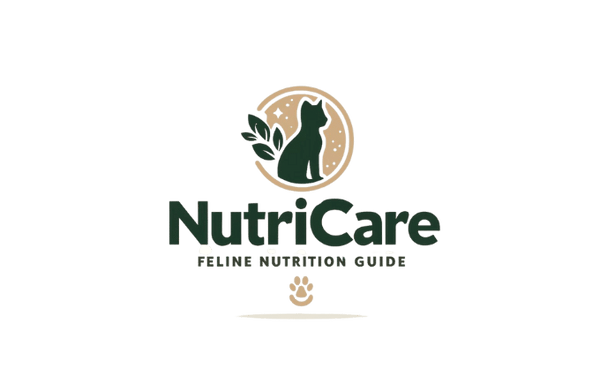Cat nutrition might seem straightforward at first glance, but it actually presents several challenges that every cat owner must tackle to ensure their feline friend's diet is balanced and healthy. Below, we will explore some of the most common nutritional challenges for cats and provide practical advice on how to effectively overcome them.
1. Choosing the Right Type of Food
Challenge: With an abundance of brands and types of cat food on the market, it can be difficult to determine which is best suited for our four-legged friend.
Solution: It's essential to understand that cats are obligate carnivores, which means they require animal proteins to meet their nutritional needs. Choose foods that list meat proteins as the first ingredient and contain few or no fillers such as grains or unnecessary vegetables. Also, regularly consult your veterinarian for recommendations based on your cat’s specific health, age, and other crucial factors.
2. Managing Allergies and Food Sensitivities
Challenge: Some cats develop allergies or sensitivities to certain ingredients, which can cause digestive, dermatological, and other health issues.
Solution: If you suspect your cat has a food allergy, consider a elimination diet plan under the supervision of a veterinarian. This involves removing all potential allergens from the cat's diet and gradually reintroducing them to determine which ingredient causes problems.
3. Balancing Essential Nutrients
Challenge: Ensuring that your cat receives all the vitamins, minerals, and other essential nutrients can be tricky, especially with homemade or raw diets.
Solution: If you choose to prepare your cat’s food at home or use raw diets, it is vital to do thorough research or consult a veterinary nutritionist to ensure the diet is balanced. Consider using supplements to fill any nutritional gaps.
4. Maintaining a Healthy Weight
Challenge: Overweight and obesity are common issues in domestic cats, especially those that lead a sedentary lifestyle.
Solution: Monitoring food portions is essential to prevent obesity. Accurately measure the food and limit extra snacks. Also, encourage your cat to engage in regular physical activity through play and other activities.
5. Adapting Diet with Age
Challenge: The nutritional needs of cats change throughout their life; kittens, adults, and senior cats have different requirements.
Solution: Adjust your cat's diet based on their life stage. Kittens require energy- and nutrient-rich foods for growth, adult cats need a well-balanced diet to maintain overall health, and senior cats may need foods that are easier to chew and digest, with fewer calories if less active.
Cat nutrition doesn't have to be a daunting task. With accurate information and a proactive approach, you can overcome challenges and ensure that your feline friend enjoys a long and healthy life. Remember, collaborating with your veterinarian is key at every step of your cat’s nutritional journey.

